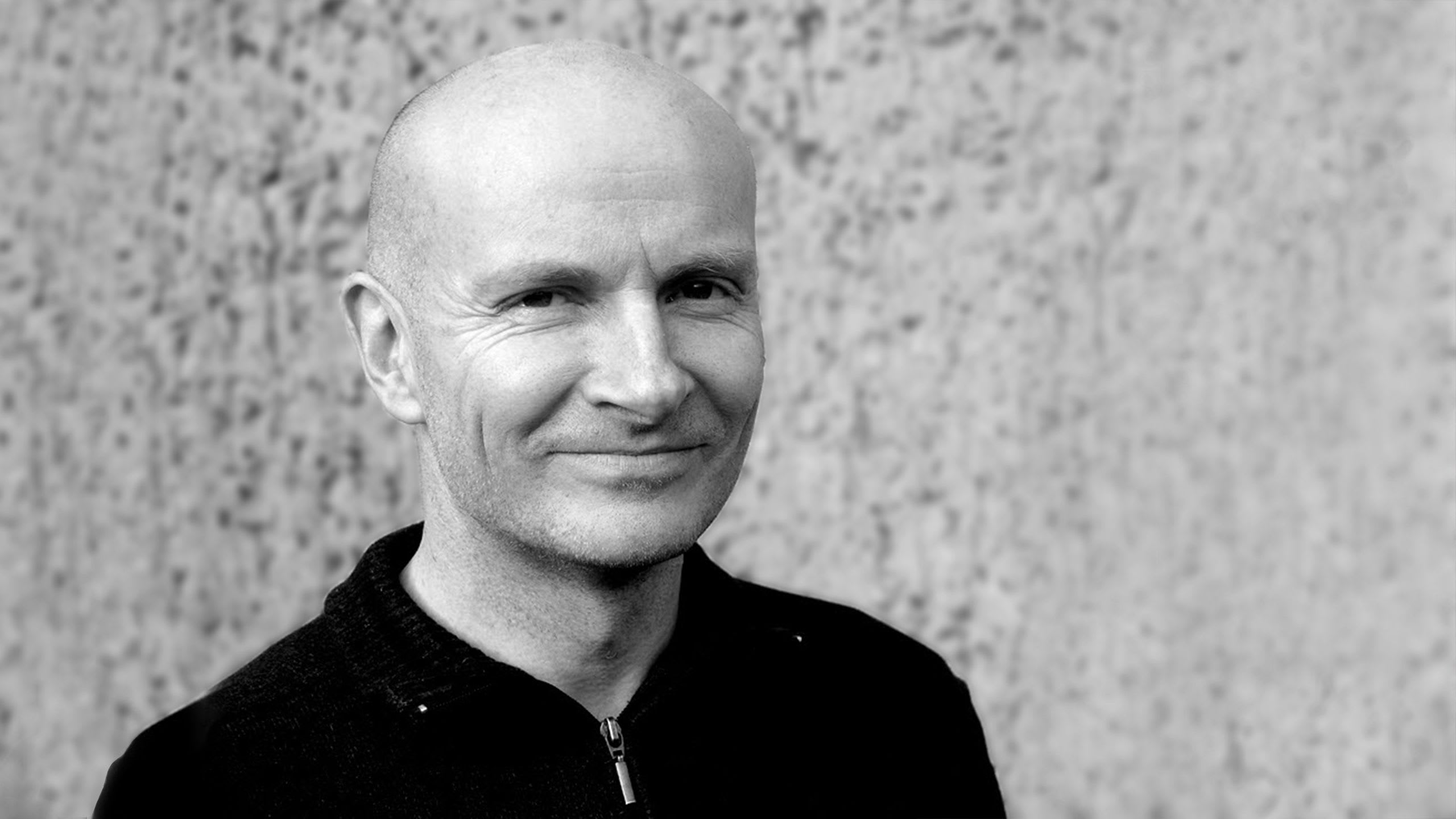Kjetil Golid is a system developer/data analyst residing in Trondheim, Norway. Kjetil has a keen interest in algorithms and data structures, which forms the basis of many of his generative art pieces. I spoke with Kjetil to learn more about his art practice and upcoming project Archetype.
Jeff Davis: Hi there, it’s great to speak with you. So let’s start from the beginning. How did you first get into making art?
Kjetil Golid: I started making art at the same time I learned to code, which is well over ten years ago now. Taking a bachelor’s degree in Graphic Design in Singapore, a lecturer showed me this cool program called Processing where I could make graphics and interactive animations. It would certainly be a stretch to call it art, but it was probably the first thing that really sparked my interest in expressive work. I left the graphic design program after a year and eventually ended up taking a master’s degree in mathematical logic. In order to help me understand the various algorithms and concepts that got introduced there, I started visualizing them using Processing. It was probably at that moment I learned to appreciate the true power of computational art. I tweaked classical algorithms into useless, needlessly complex methods of creating aesthetic visuals from random numbers. After I started working as a software developer, I brought with me this approach when needing to learn new computer languages, methodologies, etc. I started sharing my generative work with the public about four years ago.

JD: And then how did you discover the concept of making NFTs?
KG: I remember someone reached out to me, maybe three years ago, suggesting that my generative work could do well on the “crypto art scene.” I had heard about the blockchain, but Ethereum and NFTs was completely new to me, so I had to do some research. A couple of weeks later I was a crypto artist on KnownOrigin and the proud owner of two beautiful CryptoKitties.

JD: So your entry into crypto art wasn’t actually too far behind the beginning of your art career in general. How would you say your creative practice has evolved since then?
KG: As a generative artist, I tend to look at my pieces as functional systems turning numbers into visuals. The goal of creating such a system is to achieve an unexpected, complex, emergent behavior, striking a balance between ungraspable chaos and a clear structure. I had long thought that this sense of complexity and chaos could be achieved only through the sheer randomness of the input, but it has gradually become clear to me that it may very well emerge from simple, deterministic rules as well, like cellular automata, regular grammar, etc. From this realization, my work has slowly shifted its focus from structuring and visualizing large bodies of random numbers to creating complex systems that can emerge from potentially very few inputs.

JD: That’s an interesting shift, moving towards achieving complexity from a simple system rather than attempting to find or create order within a complex system. What are some recent achievements prior to your upcoming Art Blocks drop?
KG: In the early summer of 2020, I joined Kate Vass’ exhibition, Game of Life, tributing the late mathematician John Conway. This was an exhibition showcasing generative artists’ various takes on Game of Life and cellular automata in general. Some of the work I did for this exhibition was later featured in an article piece on John Conway in The New York Times.

JD: Yes, I actually saw that article! My dad had forwarded it to me and thought I’d be interested in the math/art connections. OK, let’s talk about Archetype. I’m really excited for this project. What was your inspiration behind it?
KG: It started as an algorithm for generating the possible partitions of a rectangle into smaller rectangles. This algorithm produced some interesting visuals, which made me iterate endlessly on it. Now, its most dominating feature in my opinion is the repetitious pattern, fighting its way through the more or less chaotic structure. The style itself is inspired by various illustrators that create colorful, isometric worlds that you can get lost in while exploring.
JD: What should collectors look for as the series is revealed?
KG: There will be a wide range of visual expressions in the pool, like a large set of possible color palettes from my own collection. Some features will however be a bit more subtle, mapping out various nuances between chaos and control. There may also be room for a few surprises, but who knows?
JD: Haha, I like it. Anything else people should know to better understand your art?
KG: I am passionate about sharing my mindset that programming is a wonderful platform for creative expression and, as such, large parts of my code are open for anyone to explore and manipulate. In addition to making static pieces, I also make interactive tools for generating visuals without the prerequisite of knowing how to code.
JD: And what is the best way for people to follow your work?
KG: I put demos of all new sketches up on my website, with links to their code. Apart from that, probably Twitter as my threshold for posting there is quite low, and it is almost exclusively generative works and sketches that gets posted there. You can follow me on Instagram for a slightly more curated feed.
https://artblocks.io/project/23
First published 4 February 2021: https://beta.cent.co/artblocks/+wqo2nc



